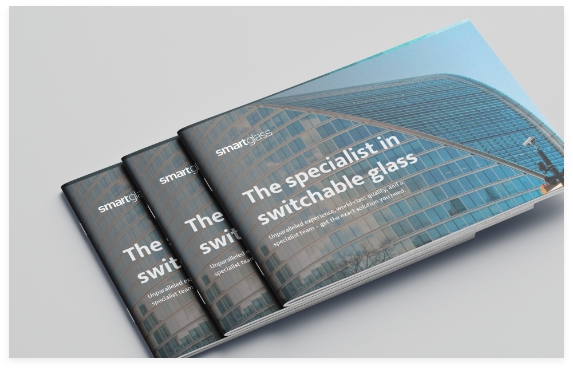Download Smartglass Brochure
spaces that adapt to users’ needs at the flick of a switch.
The design of academic buildings can significantly impact academic performance, for better or worse. Students perform best when they study in an environment where they feel comfortable, safe, and productive in their learning. Functionality is also important—academic building design can promote a sense of community while providing quiet spaces for concentrated studying to balance and nurture a positive learning experience.
While inspirational teachers and excellent curricula can allow students to flourish in almost any educational setting, the impact of building design on educational performance cannot be dismissed. This article outlines three key aspects of modern academic building design and how innovative solutions can optimise the use of the space to benefit student learning and overall well-being.
The exterior design of an academic building doesn’t need to set the world alight with advanced architectural trends. However, it’s vital to ensure school buildings look welcoming when viewed from the outside.
More important is the interior design and its impact on student moral. Inside the building is where learning takes place, making it vital to provide a space that will inspire learning. This begins with maximising natural light entering the building. Increased daylight is an established factor in improving student performance. A study found students with ample amount of natural light in the classroom became 20%- 26% faster on tests over the course of a year. Privacy glass, a switchable glass solution that instantly transforms from clear to opaque, provides a setting where students benefit from natural light entering the school while still having the ability to maintain privacy after hours or during events.
Using different colour schemes depending on the space can have a positive effect on moral. For example, vibrant, stimulating colours are appropriate for school gymnasiums and cafeterias which are typically hubs of activity. Softer, soothing pale blue or grey schemes are better suited for encouraging a calm mind in spaces such as school libraries and classrooms. Customisable glass offers a unique source of colour in communal spaces.
The rise of technology and its increased use in learning has a huge role to play in shifting the design of traditional school libraries towards veritable media centres. Gone are fixed shelves stuffed with old books, and in their place comes a greater emphasis on IT, computers and other digital tools.
Many modern media centres in academic buildings aim to appeal to all types of learners. Incorporating larger desks and comfortable seats to cater to a collaborative studying environment is becoming more popular. Yet, individual study areas are still available for those who prefer to learn alone. Flexibility, increased comfort, and technology-richness are the cornerstones of the media centre in an academic setting. Privacy glass can be utilised in media centre design as a HD projection screen for students working on group projects; the glass instantly transforms to give the students easy accessibility to the technology they need to succeed.
Contemporary design solutions such as smart glass technology can assist with modernising media centres by enhancing their functionality. Students can easily access the technology they need while maintaining an aesthetically pleasing environment.
Above all else, academic building design must prioritise student privacy and safety. Students cannot thrive in an academic setting if they feel unsafe at any point.
Natural surveillance is significant when monitoring activity throughout the campus to help students feel safer. Designing an academic building that allows for increased visual access to corridors and grounds can prevent problems from bullying to security threats. At the same time it is important to ensure the students maintain a sense of privacy. Privacy Smart Glass technology allows for maximum visibility throughout the academic building while still being able to provide a sense of privacy for students and staff when needed. Switching to the opaque setting after school hours offers a sense of security and confidence in the staff members when the building is unoccupied.
Privacy is also an important consideration when designing administrative offices. Staff should feel like they can maintain a level of confidentiality when meeting with a student or faculty member. However, it is equally important to remain open and inviting in order to encourage students drop in’s when they are facing a problem. Privacy glass bridges the gap between a private and an inviting space with the flick of a switch. Administrators can easily provide privacy for students and staff when needed – creating a flexible environment to cater to the needs of the students.
Overall, academic building design is not a mere aesthetic consideration. Schools, colleges, and universities must consider the significant impacts that building design has on students. Keeping in mind that the right design in combination with skilled teaching enhances overall student performance. The shift in library and media centre design must create a space that encourages collaboration while remaining flexibility to cater to all types of learners. Most importantly, it is essential when designing an academic building to ensure it has the best possible safety measures in place. Designers need to create a space that allows for increased natural surveillance while still being able to maintain a sense of privacy and security.
Privacy Smart Glass can play a role in the designing a safe, private, and productive environment in which students have the best chance of succeeding. Learn more about Privacy Smart Glass Technology here.

Wherever you are in the world one of our team will be in touch to advise on the best smart glass solution for your needs.